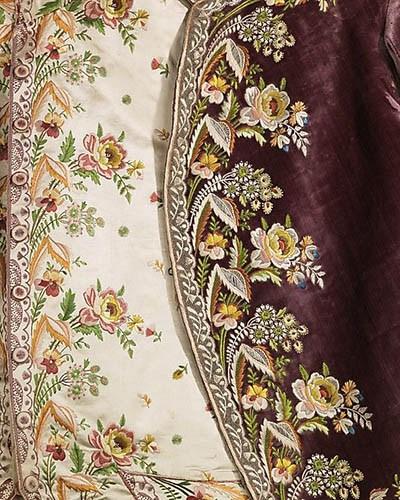The royal heads of the world, as well as the people surrounding them in their magnificent courts have always been way ahead of the curve in terms of fashion and style. The king, the queen, the princesses, princes, dukes and duchesses (as well as all other royal title carriers) were, at the peak of the monarchical period, the most fashion-forward people in the world.
Not only did the ladies receive all the best in terms of materials, precious stones and metals, but so did the men. Before the latest part of the 19 th century, fashion and style were very much as man's thing, at least just as much as a woman's thing. Sometimes, there was more accent placed on what men wore than on what women wore. Just think of Louis XIV!
In many ways, men's clothes are a tougher craft to master than women's clothes. Even in our modern times, it's harder to find a tailor who can make a good men's suit than it is to find one who can make a dress. Not to disregard women's fashion, but dresses and womenswear in general is easier due to its "flowey" nature and to the heavy use of draping, while menswear is more complex, as it requires many details to be just right in order for the clothes to fit and frame the body well.

The costumes worn by court men during the 18 th and 19 th century were so powerful that, little by little, they shaped the way men dress today: the jackets transformed into today's blazers, the cravats into ties and so on. And, as couture is making a (slight) come-back, who knows, maybe we will see a come-back of these extremely stylish garments as well. And so, maybe some better times will come too.
Fraquoh and Franchomme
Further reading:
Attire Club Mood Board: Racinet's costume history book Attire Club Mood Board: German court clothes AC Mood Board: Dutch clothes of the 18th century AC Mood Board: The Renaissance in world fashions AC Mood Board: Basel fashion in the 1630s AC Mood Board: Medieval clothed horses AC Mood Board: Royal, military and court costumes from the Jacobean eraP.S. We want to hear from you! Do you like court clothes of the 18 th and 19 th century? Do you think the style should make a come-back? What other periods in fashion history do you like? Share your feedback, questions or thoughts in the comments below! For more articles on style, fashion tips and cultural insights, you can subscribe to Attire Club via e-mail or follow us on Facebook, Twitter or Instagram!

